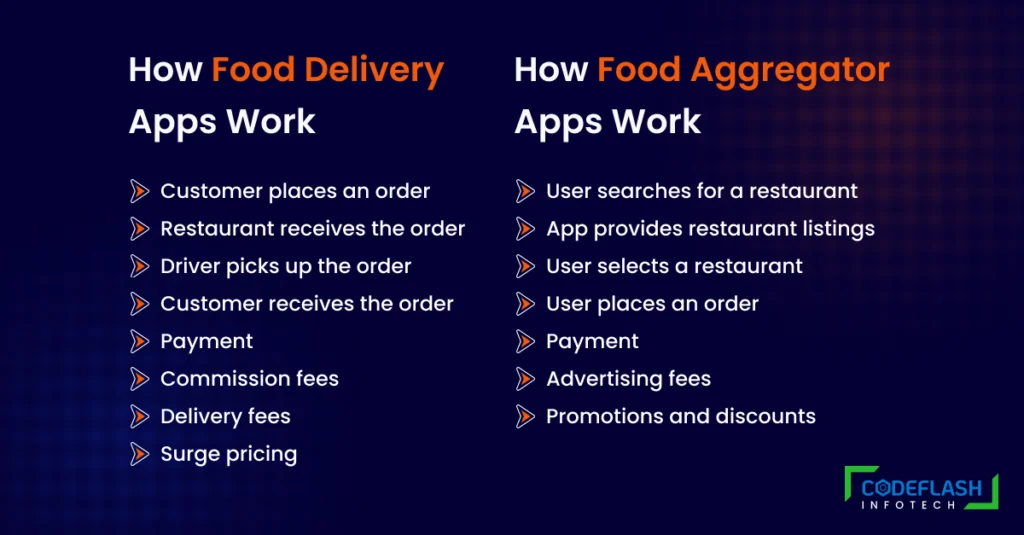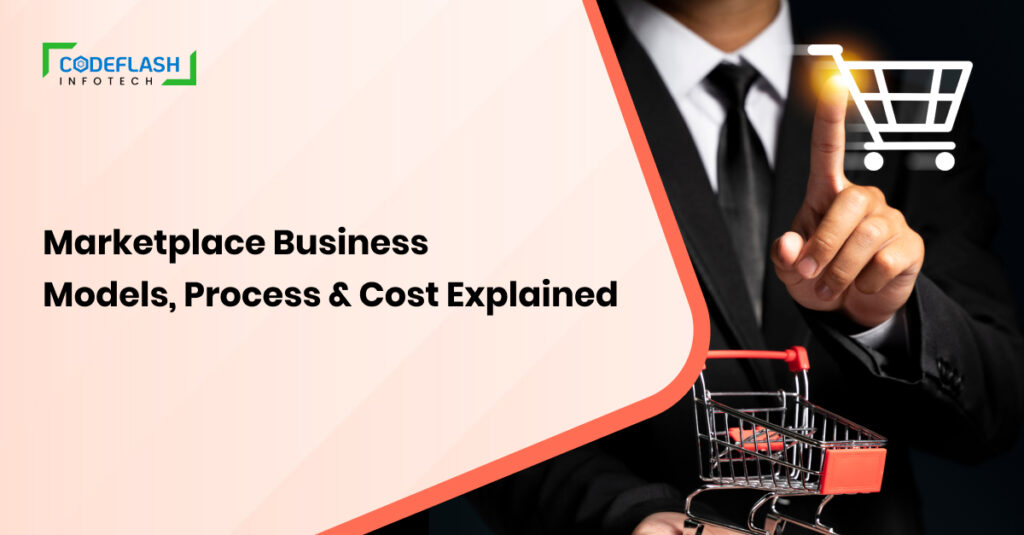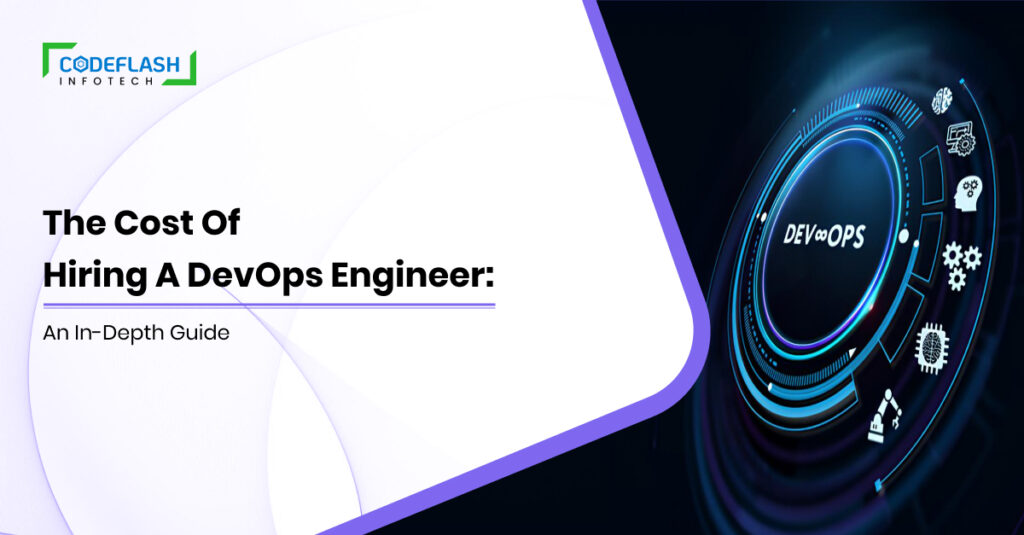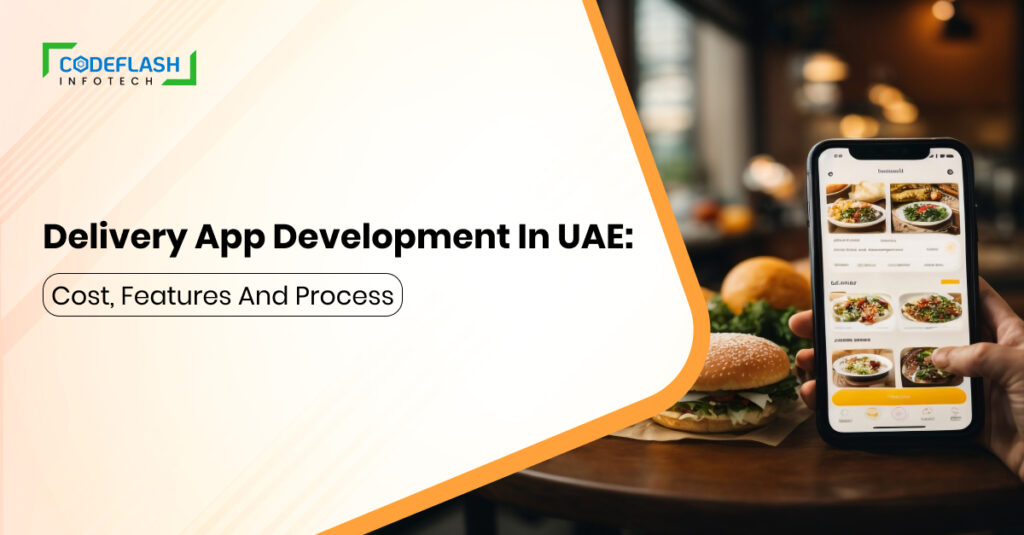
Developing Food Delivery Apps Vs Food Aggregator Apps in 2024
26 MAy 2023
In today’s digital age, the proliferation of technology has led to a significant increase in the number of online food delivery options available to consumers. Consequently, customers often need help with choosing the best service that caters to their needs. In this blog post, we will delve into the realm of food delivery apps vs food aggregator apps, highlighting their differences and benefits.
By examining the differencess between these popular food delivery apps in usa, we aim to assist you in making an informed decision about whether food delivery apps or food aggregator apps are better suited to your preferences and requirements.
What are Food Delivery Apps?
When developing a food delivery app, it’s essential to understand the dynamics of the Food Delivery apps Vs Food Aggregators Apps landscape. Food delivery apps serve as online platforms that seamlessly connect customers with a wide array of restaurants, allowing them to order food and have it conveniently delivered to their desired location. These apps provide a user-friendly experience, enabling customers to browse menus, select items, complete payments within the app, and track their deliveries in real time. Collaborations with local restaurants ensure a diverse range of cuisine options, while additional features such as user reviews, ratings, loyalty programs, and customization options enhance the overall user experience.
In terms of logistics, food delivery apps employ various delivery methods. Depending on the business model, they may operate their own fleet of drivers, partner with third-party delivery services, or rely on the restaurant’s existing delivery infrastructure. While some apps charge customers delivery fees or service charges, others leverage free delivery or promotional offers to incentivize ordering.
Building a food delivery app presents an exciting opportunity, given the growing demand for online ordering and home delivery services. By offering convenience and accessibility, your app can enable customers to enjoy their favourite restaurant meals without leaving their homes or workplaces. To ensure success, it’s crucial to establish partnerships with local restaurants and design a Food delivery app with a user-friendly interface that includes features like real-time tracking, secure payment options, and personalized recommendations. Implementing efficient delivery logistics and considering cost-effective pricing models will also be key factors in building a successful food delivery app.
Now that we’ve explored the dynamics of the food deliverymarket and the essential elements to consider, you can embark on the journey of creating food delivery app that caters to the needs of both customers and restaurants alike.
What are Food Aggregator Apps?
When comparing top Food Delivery apps Vs Food Aggregator apps, food aggregator apps are vital as online platforms that connect customers with diverse food options from various restaurants in a specific area. These apps offer customers the convenience of browsing menus, placing orders, and making payments directly within the app. Additionally, they may incorporate features such as user reviews, ratings, order tracking, and loyalty programs to enhance the user experience.
Unlike food delivery apps, food aggregator apps do not handle the delivery process themselves. Instead, they rely on restaurants or third-party delivery services to fulfil the orders. Depending on the platform, restaurants may be charged commission fees for each order made through the food aggregator app. Alternatively, some apps may adopt subscription models or other payment structures.
The rise in popularity of food aggregator apps can be attributed to their ability to provide customers with a hassle-free way to explore and order from multiple restaurants without the need to switch between various apps or websites. These apps also serve as a platform for smaller, local restaurants to expand their reach and compete with larger chain establishments.
Considering the differences between Food Delivery and food Aggregator apps, it is important to understand the unique features and advantages of each when deciding which option best aligns with your specific requirements and preferences.
How Food Delivery Apps Work
Let’s take a closer look at how food delivery apps function, breaking down the process into simple steps:
- Customers place an order: Customers use the food delivery app to browse menus and select items from local restaurants to create orders.
- The restaurant receives the order: Once the customer completes the order, the restaurant receives the details through the app and begins preparing the food. They also notify the delivery driver when the order is ready for pickup.
- Driver picks up the order: A delivery driver accepts the order request and collects the food from the restaurant. They rely on the food delivery app for navigation, ensuring a smooth pickup process before heading to the customer’s location.
- The customer receives the order: The driver delivers the food to the customer, who eagerly awaits its arrival. Once the order is handed over, the customer can rate the driver’s service and provide feedback through the app.
- Payment: The food delivery app handles the payment process on behalf of the restaurant. Customers pay through the app, which deducts any applicable fees (such as delivery fees) and the app’s commission fee. The remaining amount is then paid to the restaurant.
- Commission fees: Food delivery apps charge restaurants a commission fee for utilising their platform and services, typically calculated as a percentage of the total order value.
- Delivery fees: Customers may be subject to a delivery fee, which varies based on the distance between the restaurant and the customer’s location. This fee helps cover the costs associated with delivery logistics.
- Surge pricing: During periods of high demand, food delivery apps may implement surge pricing. This strategy involves increasing the delivery fee to incentivise more drivers to work and ensure efficient order fulfilment.

How Food Aggregator Apps Work
Food aggregator apps work by providing a platform that allows users to browse and discover local restaurants and their menus. Here is a step-by-step overview of how food aggregator apps work:
- User searches for a restaurant: A user opens the food aggregator app and searches for a specific restaurant or cuisine type.
- App provides restaurant listings: The food aggregator app provides a list of local restaurants that match the user’s search criteria. The app may also provide additional details about each restaurant, such as user ratings, reviews, and photos.
- User selects a restaurant: The user selects a restaurant from the list and browses its menu.
- User places an order: The user places an order directly with the restaurant through the app, either by calling the restaurant or using a third-party delivery service. Some food aggregator apps may offer the ability to place orders directly through the app.
- Payment: The user pays for the order directly to the restaurant or through a third-party payment service. The food aggregator app does not handle the payment or take a commission fee.
- Advertising fees: The food aggregator app charges restaurants advertising fees to appear on the app and be listed in search results. These fees may be based on a pay-per-click or pay-per-impression model.
- Promotions and discounts: Some food aggregator apps offer promotions and discounts to users, such as coupon codes or referral bonuses. These promotions are typically funded by the app and do not affect the amount paid by the restaurant or the user.
Pros and Cons of Using Food Delivery Apps
There are several pros and cons of using food delivery apps.
Pros:
- Convenience: Food delivery apps make it easy to order food from your favourite restaurants without having to leave your home or office.
- Variety: Food delivery apps offer a wide range of cuisine types and restaurant options, allowing you to discover new places to try.
- Speed: Food delivery apps often provide fast delivery times, with some offering delivery in as little as 30 minutes.
- Tracking: Many food delivery apps allow you to track your order in real time, giving you visibility into when your food will arrive.
- Safety: During the COVID-19 pandemic, food delivery apps have provided a safer option for getting food, as you can avoid crowded restaurants and minimize contact with others.
Cons:
- Cost: Food delivery apps may charge delivery fees, service fees, and surge pricing, making it more expensive than dining in or picking up the food yourself.
- Quality: Food may not always arrive hot or fresh, especially if it takes a long time to deliver.
- Accuracy: Orders may be inaccurate or missing items, and it can be difficult to communicate with the driver or restaurant to resolve issues.
- Sustainability: Food delivery can generate a lot of packaging waste, which can contribute to environmental issues.
- Dependence: Over-reliance on food delivery apps can lead to decreased physical activity and increased sedentary behaviour.
Pros and Cons of Using Food Aggregator Apps
There are several pros and cons of using food aggregator apps.
Pros:
- Variety: Food aggregator apps offer a wide range of restaurant options, allowing you to discover new places to try.
- Price: Food aggregator apps do not charge commission fees or delivery fees, making it less expensive than using food delivery apps.
- Transparency: Food aggregator apps provide transparency on restaurant offerings, including menus, reviews, and ratings, which can help you make more informed decisions about where to order from.
- Flexibility: Food aggregator apps allow you to place orders directly with restaurants, giving you more control over the ordering process.
- Advertising: Food aggregator apps offer restaurants the opportunity to advertise their services, helping to promote local businesses.
Cons:
- Inconvenience: Unlike food delivery apps, food aggregator apps require you to handle delivery logistics on your own, which may be inconvenient for some users.
- Accuracy: Orders may be inaccurate or missing items, and it can be difficult to communicate with the restaurant to resolve issues.
- Quality: Food may not always arrive hot or fresh, especially if it takes a long time to deliver.
- Limited tracking: Food aggregator apps do not always offer real-time tracking of orders, making it difficult to know when your food will arrive.
- Sustainability: Food delivery can generate a lot of packaging waste, which can contribute to environmental issues.
Comparison Between Food Delivery Apps VS Food Aggregator Apps
Here is a comparison table between food delivery apps and food aggregator apps:
| Category | Food Delivery Apps | Food Aggregator Apps |
| Definition | Online platforms that deliver food from restaurants directly to customers | Online platforms that provide listings of restaurants and menus, but do not handle food delivery |
| Business Model | Make money by charging commission fees on orders, delivery fees, and surge pricing | Make money by charging commission fees on orders and advertising fees to restaurants |
| Customer Experience | Customers can order food directly through the app and track the delivery in real-time | Customers can browse restaurant listings and menus, but must order directly from the restaurant or through a third-party delivery service |
| Restaurant Partnerships | Partner with restaurants to offer delivery services directly to customers | Partner with restaurants to list their menus and offer promotions to customers, but do not handle delivery |
| Delivery Logistics | Manage a network of drivers to deliver food from restaurants to customers | Do not handle delivery logistics, but may partner with third-party delivery services to offer delivery options |
| Examples | UberEats, DoorDash, GrubHub | Yelp, Zomato, TripAdvisor |
Conclusion
The rise of online Food Delivery Vs Food Aggregator has transformed how we order restaurant meals. These two app types offer remarkable convenience and simplicity in food ordering, yet they possess distinct advantages. To make an informed choice, it is crucial to consider your specific requirements. Whether you opt for a food delivery app or a food aggregator app, both alternatives offer swift and effortless access to a wide range of delectable dining options available in your vicinity.
In addition to exploring the differences between food delivery and food aggregator apps, it is worthwhile to delve into the Online Food Delivery Business Model: A Comprehensive Guide By understanding the intricacies of this model, entrepreneurs can make informed decisions when venturing into the online food delivery industry. Furthermore, incorporating appropriate transition words aids in seamlessly presenting the information and guiding readers through the various aspects of these apps and the business model.
So are you looking for food delivery app development company or a dedicated developers to develop a mobile app? Let’s connect with our sales team for further discussion.





